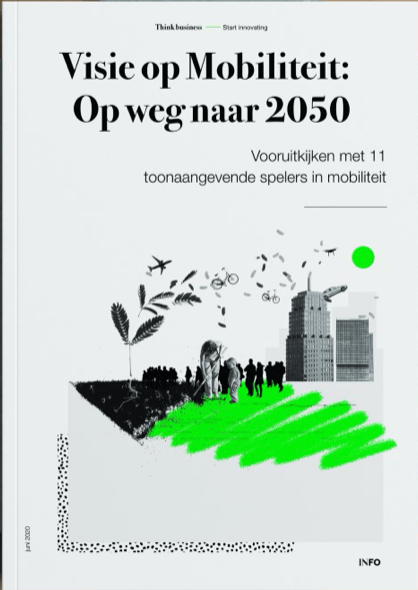Ronald De Jong of the ANWB believes that we should be happy with our current mobility network if we compare it with neighboring countries. Of course things can always be improved. As part of the Mobility Alliance, the ANWB has previously indicated that something must be done in the area of being stuck in traffic jams, on the train and on the bicycle. He also thinks that the current infrastructure no longer has room to grow further. According to him, there is a two-fold challenge in this. On the one hand, people need to be taken out of rush hours and, on the other hand, the network outside rush hours must be better utilized.
ANWB has 4,7 million members, the members represent a large part of the Dutch population. They regularly ask for the opinion of the Dutch population, what they need now and in the future. Ronald de Jong is Team Manager Mobility & Road Safety. He and his team are mainly concerned with advocacy and social projects.
MaaS pilots will offer a solution
De Jong does not think that the MaaS pilots of the Ministry of Infrastructure and Water Management will offer a solution here. He does not believe in their vision that the car is no longer part of the journey. He himself feels more for the 'and solution', investing in infrastructure and stimulating smarter use of home and flexible working. According to him, the government should take the lead in solving the current mobility problem. The ANWB can take on the role of communication and offering alternatives, this is basically the same as what they do now.
When asked what he thinks will be the most important developments in the field of mobility in the next 5 years, he gives 2 answers: The increasing urbanization and the accompanying pressure on public space. That technology can achieve a better relationship between infrastructure and vehicle, so that optimal use can be made of the current network. In addition, he also adds that the MaaS apps will continue to be an important part of mobility, just as it is now.
self-driving car will dominate the street scene
De Jong does not think that we will move differently in 2050 than now, but he does think that by that time we will have more control over the flow of the trip. And that makes traveling multimodal easier and more reliable. He thinks that by 2050, the electric and self-driving car will dominate the street scene. De Jong hopes that in 2050 people will optimize and travel less. He also believes that the government should facilitate a flexible transport system to bring about this mobility transition. For example, by paying per trip, a shared car is an example of this. He does not think the mobility problem will be solved in 2050, it will continue to pinch space between buildings and space for infrastructure. He does think that travel time will become working time. He also thinks the past is the best predictor of the future.
Also read: The next phase of mobility is led by baby boomers




